

Ever since the Japanese took over the home video game console market in the mid-80s there's been a major gulf between game releases in the consoles' country of origin and nations importing them, either because Japanese publishers lacked overseas distribution arms (now far less likely than in the past) or because there's been no perceived market for certain games outside of Japan on the part of Japanese publishers or their overseas counterparts.
This is still true today of Wii disc releases and the massive Virtual Console offering compounds the issue with dozens of titles across several older game systems which also have never been released outside of Japan. Whilst a select few have been made available via the novel Hanabi Festivals in North America and PAL territories, the large number of unreleased titles makes it unlikely we'll ever see parity in the release lists across all three territories.
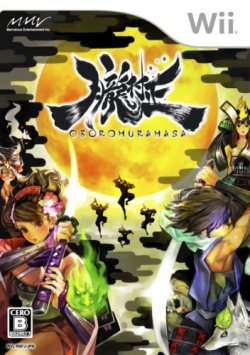
It's the same, but different!
In the past the usual method for playing import games was to get your console modified, either with an adapter to play imported cartridges or a microchip to bypass region-coding on the software discs for CD and DVD-based systems. The console I owned before the Wii was an original Sony Playstation that I had modded - before Sony successfully made this practice illegal - so that I could enjoy imported classic arcade collections not made available overseas like Nichibutsu Arcade Classics and Namco Museum R. Whilst today we take for granted notions of firmware upgrades, back then the concept didn't exist - though this didn't stop developers from trying to combat software piracy by putting code into their games to detect hardware mods.
It was after semi-bricking my PAL Wii trying to use a software mod to play my imported Mr. Driller Drill Land and the fact that Nintendo seemed to be making lock down of the system against software mods a priority in their firmware updates that I decided to throw in the towel on modding and buy a Japanese Wii. In addition to having my Drill Land save data work and ensuring the ability to play my import Wii disc games, the unknown quantity of the Japanese VC and WiiWare shops beckoned. During the course of acquiring my second Wii I've learned a few tips that will hopefully be of use to others who are considering diving into the wonderful world of Japanese Wii gaming.
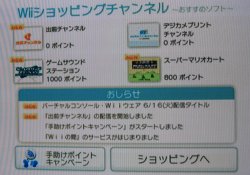
I know what you're thinking...Super Mario Kart, right?
OBTAINING YOUR JAPANESE WII
The Sony Playstation launched around the time the World Wide Web first appeared for general use. Very quickly it was used to disseminate information on the new generation of video game consoles and sell hard-to-find things like imported video games. Today the Web is over a decade old and goods can be obtained from many countries around the world, so if you're unfortunate enough to live in a country which frowns upon "grey market" importing like the UK, you should still be able to find what you're looking for online with a bit of judicious Googling.
I purchased my Japanese Wii 2nd-hand on Ebay, but choosing this path requires some patience as you're dependent upon individuals or businesses listing them for sale. If you're going the Ebay route know what you're buying: many sellers have bought Japanese systems just because they were on holiday or were early adopters, but have since chipped them or even replaced the Japanese firmware with local firmware from a different region. If you're wanting a second Wii just to play Japanese imports then you'll want to avoid anything but a vanilla system, so be sure to ask the seller if the item description isn't clear.
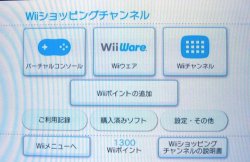
Everything is in its place
There are also many reputable online resellers of Japanese hardware and software, and I can personally vouch for the good folk at Play-Asia.com out of Hong Kong. Not only do they deal in legit copies of software and hardware with a variety of posting options, but they also take PayPal, so you don't need to give out your credit card information. Their prices are all in US dollars, however you can also choose to display the prices in one of over a dozen other currencies using a drop-down menu on the bottom of the home page. Their search engine could use some work, but they have a variety of pre-defined categories for easy browsing and frequently discount items. As of this writing a Japanese Wii from Play Asia runs US$329 (~UK£209 — not bad when you consider shops are selling PAL system bundles for UK£260).
INSTALLATION
Power
For historical reasons electrical voltages used around the world differ; thankfully Nintendo's Wii hardware is practically identical across all territories to aid in reducing manufacturing costs and the power supply of the Wii is external. As a result you can simply buy a Wii power supply for your territory to swap out for the Japanese one without incident. You may be tempted by cheap import power supplies from Hong Kong; I would suggest avoiding these. In the UK there have been well-publicised interceptions of import 3rd party Nintendo DS power bricks that had design flaws such as improper grounding. We're not just talking about the risk of cooking your Wii here, but a house fire, so I'd stick to official Nintendo power supplies for safety's sake.
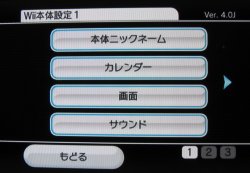
Set-up can seem daunting, but it's only Japanese, right?
I'm sure some North American readers will note that the Japanese use the same plug as they do and the home current of 110v isn't too much more than the Japanese 100v, but I would strongly suggest against simply using the Japanese Wii power supply unless its got a variable rating of 100-120v. Despite the small difference it's still possible you can fry your import Wii power supply (and potentially the Wii itself) and really it's just not worth it for the price of a local power supply. In case you're not already doing so, running your pricier electronics through surge protectors to ensure the odd power spike doesn't cook your stuff is also highly recommended.
A/V Hookup
Depending upon where you live and what kind of TV you have there's a lot to consider when it comes to hooking your new imported Wii up to your TV and Hi-Fi. If you're in North America, you're using the NTSC colour standard just like the Japanese, so whether you want to use the bundled composite video cable or get an s-video or component cable, you're okay.
If live in a PAL territory and you have a TV made in the past 10-15 years it's very likely to be a multi-standard set that's compatible with PAL and NTSC video specifications at a minimum, however it pays to check your owner's manual, because generally this is only true over RGB SCART and component connections. Wii SCART output is unique to PAL Wiis, so you won't be able to use a SCART cable with your Japanese Wii (instead the same pins are used for D-TERM: a Japanese A/V connector like SCART, though the latest generation is equivalent to HDMI in supported resolutions). That means you'll either have to ensure your TV can display an NTSC signal over composite or S-Video (if not, get an NTSC-PAL signal converter) or use a component cable (the best option, really).

Let's all watch the Nintendo Channel!
If your TV lacks sufficient video inputs you'll probably want a multi-input switch-box to put between your TV and various video components. Since progressive scan DVD players have become the norm switch-boxes that support component video are easier to obtain than in the past. I would strongly suggest that you get one with isolated circuits - one that has the option to manually switch between inputs - as ones that are passive and only auto-detect signals can suffer from interference due to poor shielding or improperly detecting equipment on standby which can degrade the audio and video signal quality.
I wouldn't be too concerned about cables beyond ensuring they're from a shop where you can return them in case of poor shielding and materials, though if they're cheap enough it's not that big a loss. I would tend to avoid cables that claim to be able to connect multiple consoles to your TV as they're more likely to be cheaply made and suffer signal interference from the connected devices.
Sensor Bars and Controllers
The Wii sensor bar is only active when your Wii is on, so you'll need to use a second sensor bar with your Japanese Wii. The good thing is that the cable is long enough and the sensor bar light enough that stacking them using the sticky tape on the bottom of the bar works a treat.

You could be playing this right now!
Many people wonder if wiimotes purchased overseas will work with their local Wiis and vice versa; the answer is "yes." I already had three wiimotes and nunchucks and I simply synced up one of those as a second wiimote for my Japanese Wii. I also cycle between my four nunchuks and use my Classic Controller with both systems along with a Classic Linker for playing Gamecube games with the Classic Controller. I've even synchronised my UK Balance Board with my Japanese Wii on one or two occasions. No issues with external hardware compatibility to be seen.
SETUP
So you've gotten the Wii and hooked it up; now you need to get it set up on your home network. This is when you'll realise the shocking truth: everything's in Japanese, right down to the use of kanji for the words "month" and "day" in the date display on the Wii menu. It can be overwhelming, but fortunately it's not impossible to deal with. There are guides available online from when people first started importing Japanese machines because they didn't want to wait for a domestic release, however these guides tend to only cover the basic Wii configuration settings.
Thankfully the Wii setup menus are nearly identical across territories with two notable exceptions: there are no Language or Country options in the Japanese Wii Setup menu. Otherwise they're in the same order with the same options. You can simply fire up your domestic Wii to note stuff down or use the set-up manual that came with it to help you configure your Japanese system. This is also true for the changes to the Save Data menus in the 4.0 update. The only major difference is the on-screen keyboard, which defaults to hiragana (with katakana character palette also available), but you can bring up the roman character set by clicking the ABC button on the virtual keyboard.
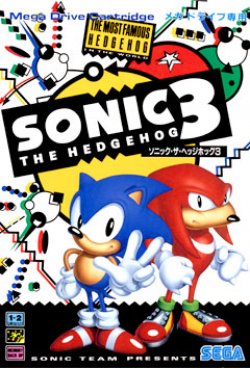
This game could be yours for only 600 points!
GOING SHOPPING
As with the Wii setup and data menus the Wii Shop is more or less the same the world over with a couple of small differences. The Japanese shop has extra options to allow you to purchase points via one of several mobile networks, however you'll see familiar icons and the top-level menu has everything in the same place as the Wii Shop in other territories.
Of course you may rightly wonder "can I buy Wii points with my credit card?" When I first got my Japanese Wii I was assured by people in forums that this was not the case: you need a card issued by a Japanese bank to buy points online through the shop. As a result I tracked down an online purveyor of points for all systems based in the UK which sold Japanese Wii points in amounts of 3000 at a time and accepted PayPal payment. Basically they had recorded the numbers off of imported points cards into a database and set up a clever delivery system. It worked great, but then one day they didn't have any more points cards available and they didn't respond to email! I decided to research the foreign credit card situation and pretty much everything I found suggested I was out of luck and would have to import points cards. I decided to take a chance and lo and behold my UK debit card worked fine! It appears that people with Visa/MasterCard from countries where Wiis are normally sold should be fine, but if you're from somewhere like the Philippines you're out of luck. If the latter is true for you then you can still import Japanese Nintendo Points cards from places like play-asia.com - this might even give you better control over your spending habits!

Fancy the latest releases? (In Japanese, of course!)
PLAYING THE GAMES
Of course the reason you've bought this machine is to play Japanese games, whether disc-based or online, but there's something obvious that you should consider before you get too happy about playing games like Captain Rainbow, Fragile or Famicom Wars: these games are in Japanese. That means that unless you can actually comprehend written and spoken Japanese you're necessarily missing out on a lot of the story; in fact the game may be practically unplayable or not a lot of fun.
Considering that barring discounts you're probably going to be paying US$50-70 for a single import disc release it's worth thinking about. A game like Fragile may look cool and even be somewhat playable, but consider that the cutscenes are in spoken Japanese and that much of the story is in the form of graffiti written in Japanese text on the walls you walk past. I don't know about you, but I know a lot more French than I do Japanese and I wouldn't watch a film in that language without subtitles much less try reading a book written in it!
Thankfully there are also many games worth playing that don't require language knowledge like arcade games on the Virtual Console and WiiWare titles. I'd also suggest learning traditional board games like mahjong or shogi which are well-represented with WiiWare and disc releases and work fine with high latency networks for online gaming (even with 15Mbps ADSL2 the best I can get to Tokyo-based servers is 1.3Mbps, which probably won't cut it for a modern FPS!).
Even if you don't want to learn the Japanese language, learning to read Japanese text for simple pronunciation will make your life as an importer a lot easier. I've used "Let's Learn Hiragana" and "Let's Learn Katakana" to learn the two primary syllabic alphabet systems used in Japan. Katakana in particular is used to write words of foreign origin and often you'll find game options with labels in katakana which when sounded out can be recognised as being English words. Being able to read the names of games in their native form will also help when checking the shop for releases that you may have come across in web searches using languages other than Japanese.
Hopefully future home consoles will finally dispense with region-coding (like Sony has done with the PS3) and separate online shops, so that even if some Japanese games aren't localised people who are interested will be able to freely purchase and play them. Until then importing a Japanese console is an option many should consider if they can afford it.
Hopefully this article and the large numbers of Japanese releases reported on sites like Nintendo Life have provided the justification!
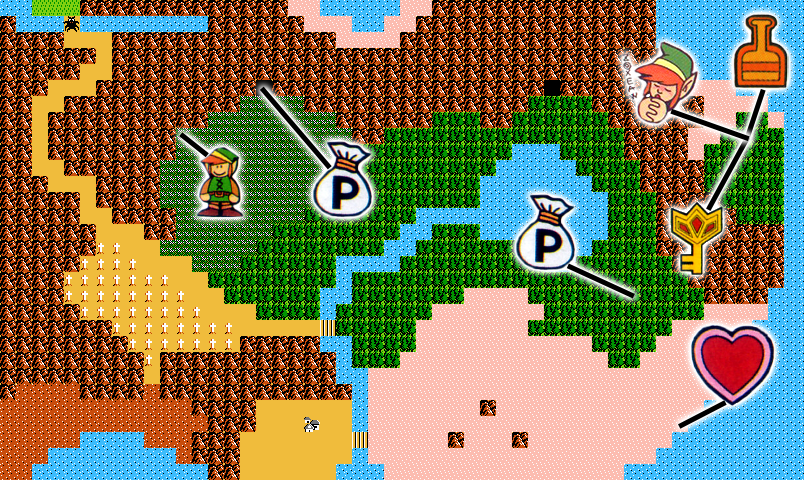
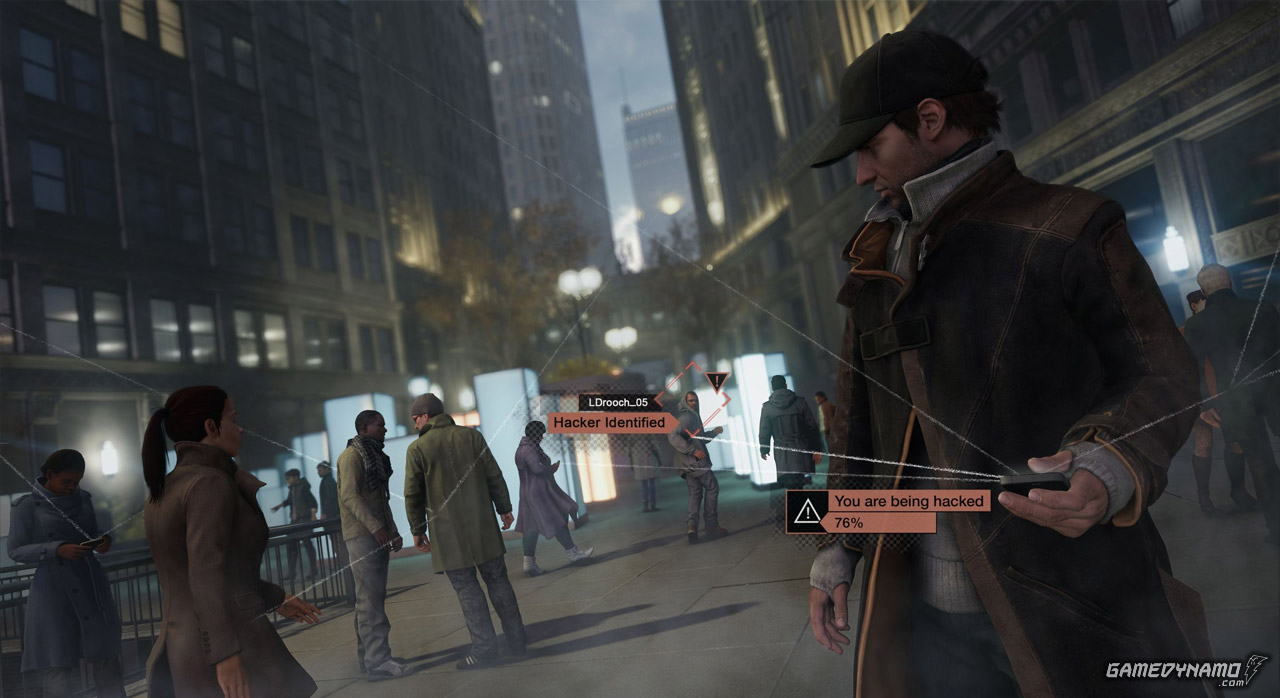
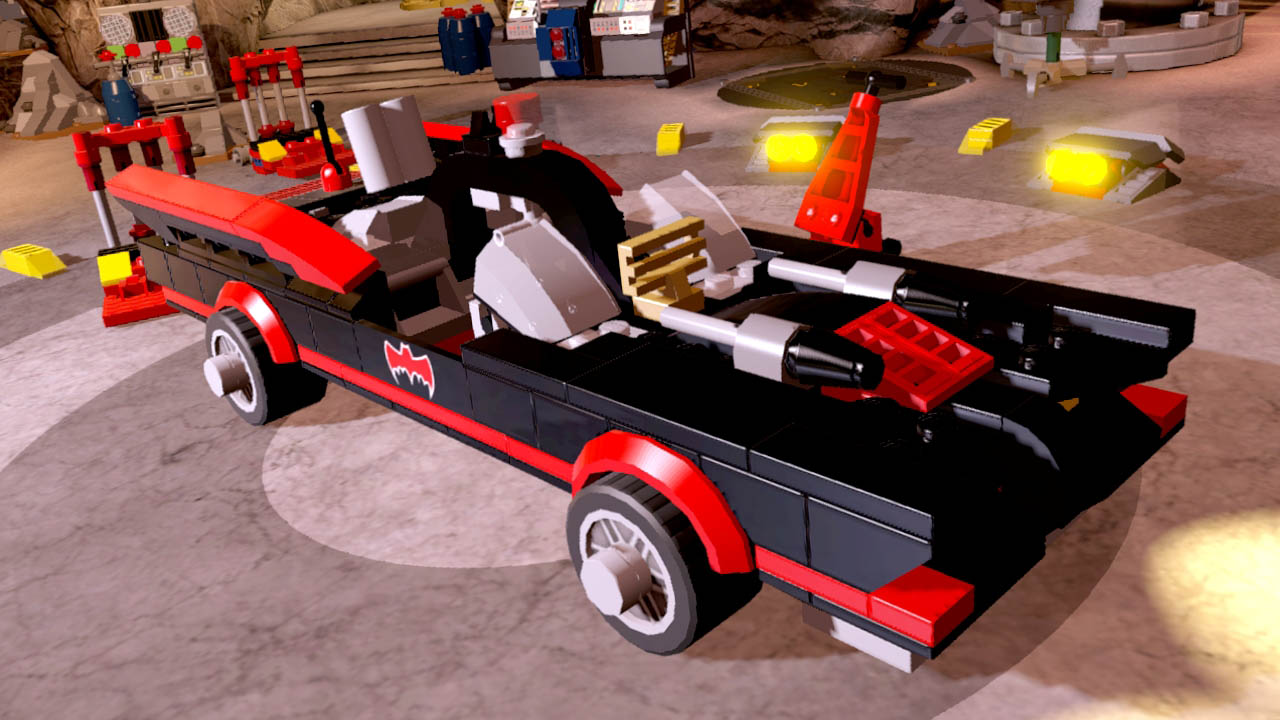
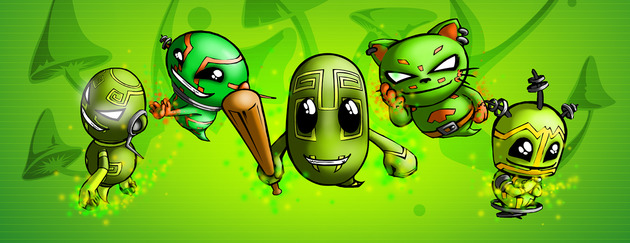
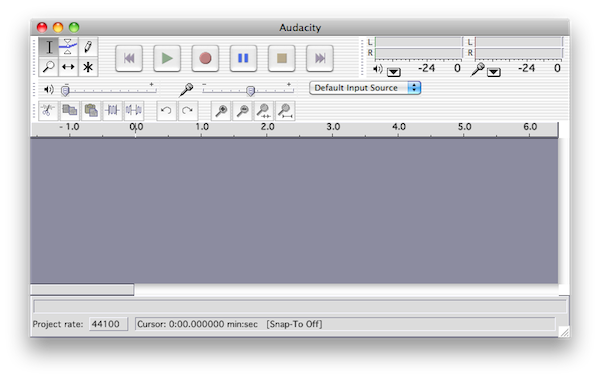 Guides: How to Get Your Musical Creations Off Your DS
Guides: How to Get Your Musical Creations Off Your DS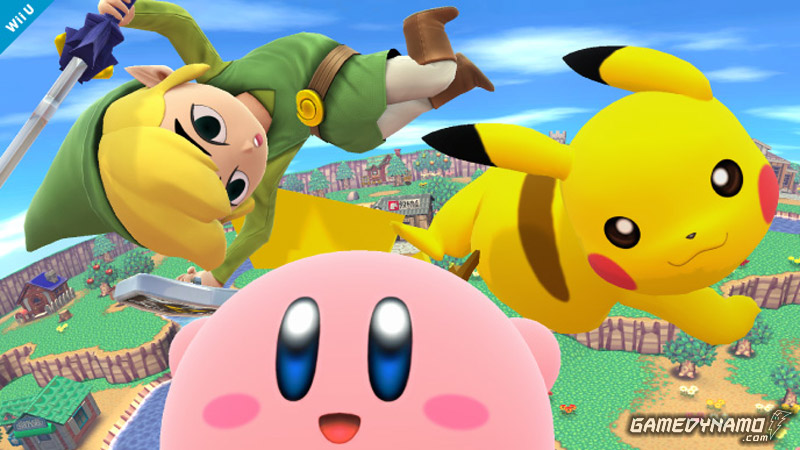 Super Smash Bros. Wii U/3DS – Characters & Unlockables Guide
Super Smash Bros. Wii U/3DS – Characters & Unlockables Guide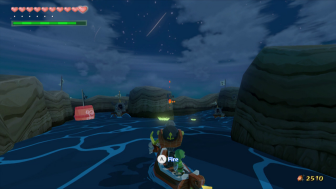 The Wind Waker Walkthrough – Earth Temple –
The Wind Waker Walkthrough – Earth Temple –  Ocarina of Time Walkthrough – Bottom of The Well –
Ocarina of Time Walkthrough – Bottom of The Well – 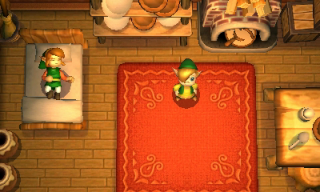 A Link Between Worlds Walkthrough – Eastern Palace –
A Link Between Worlds Walkthrough – Eastern Palace –